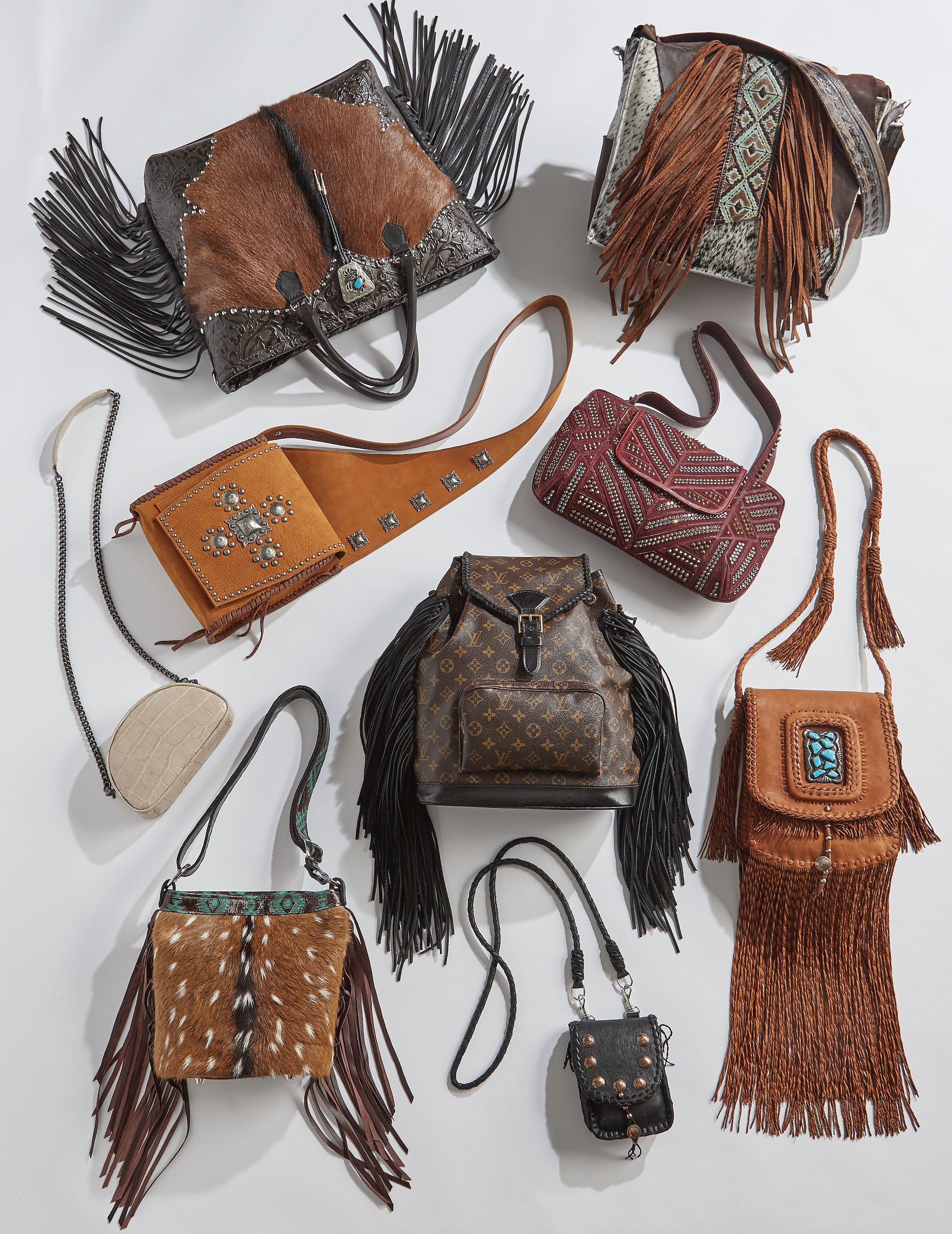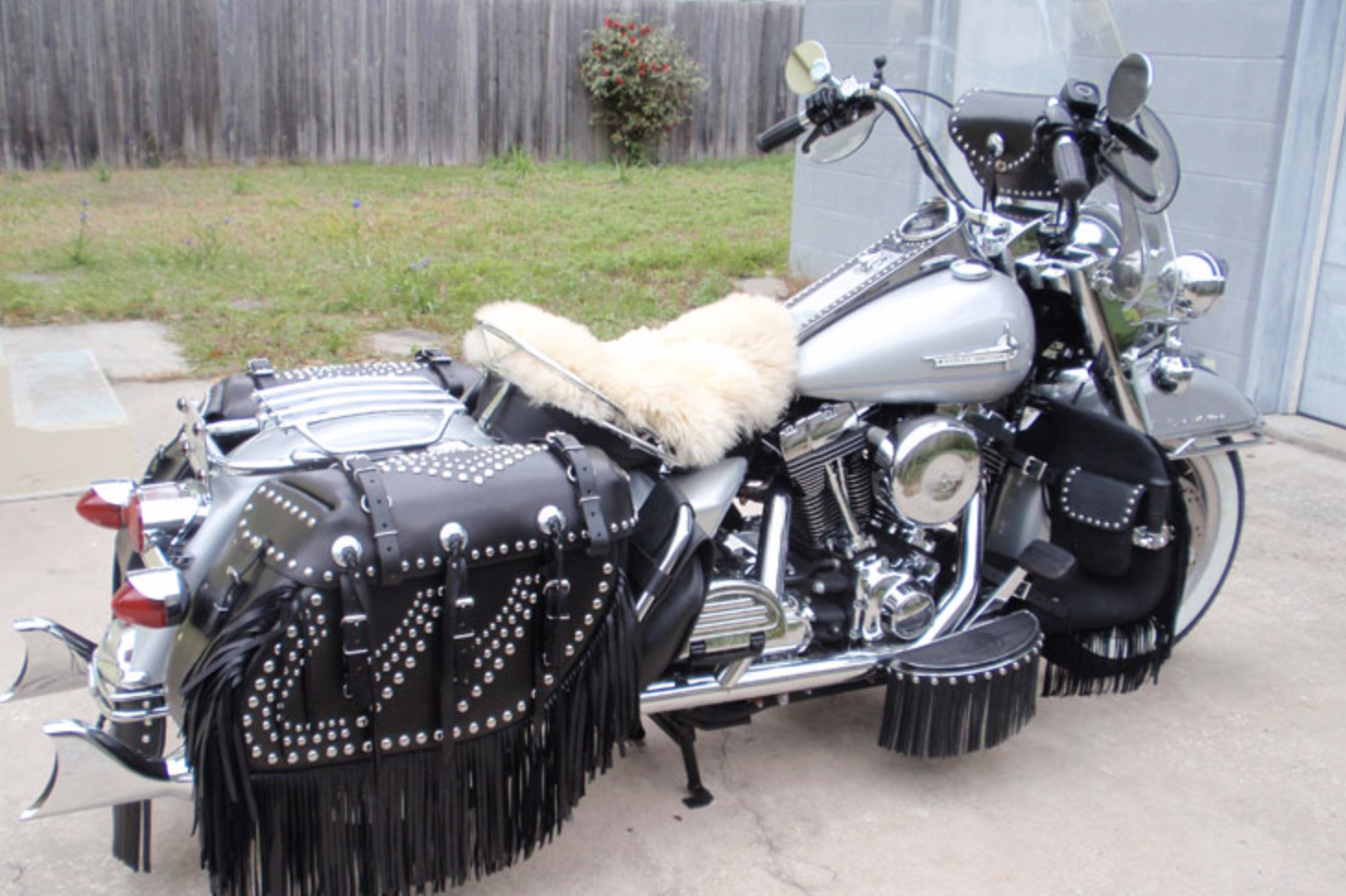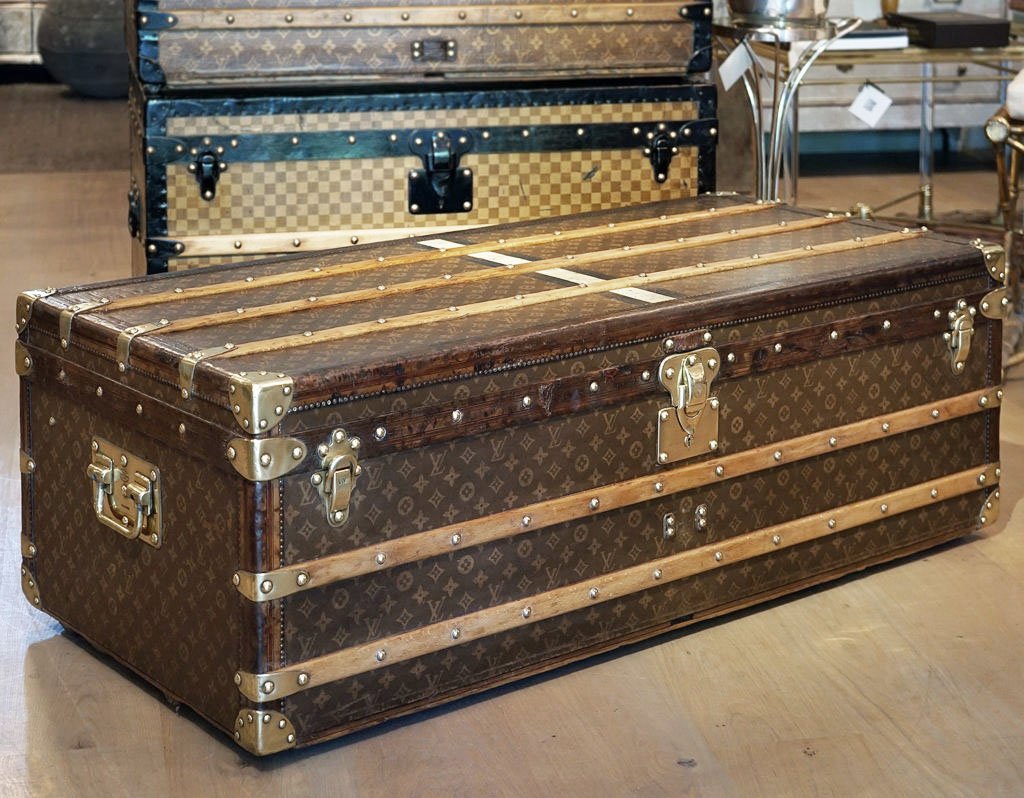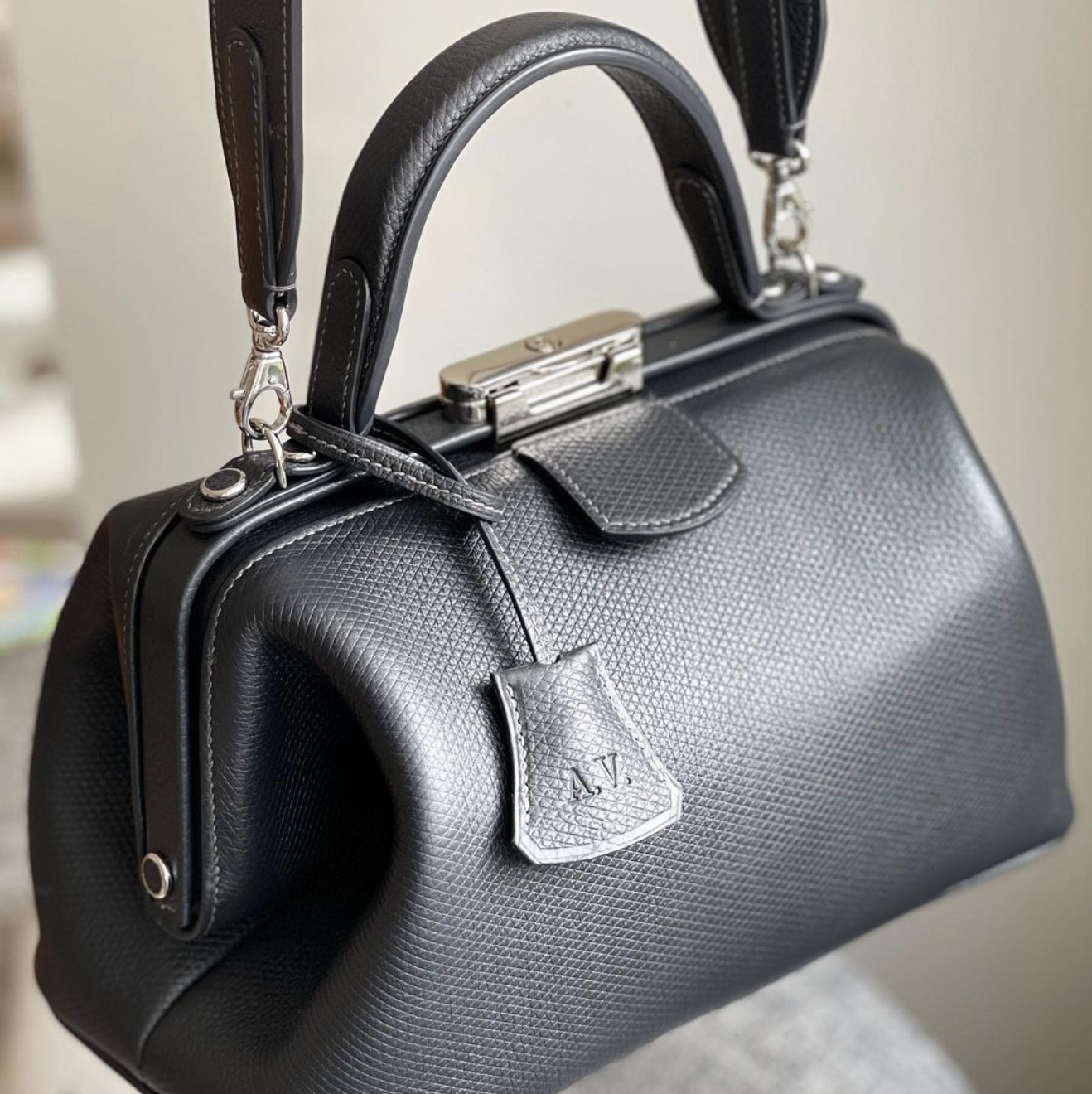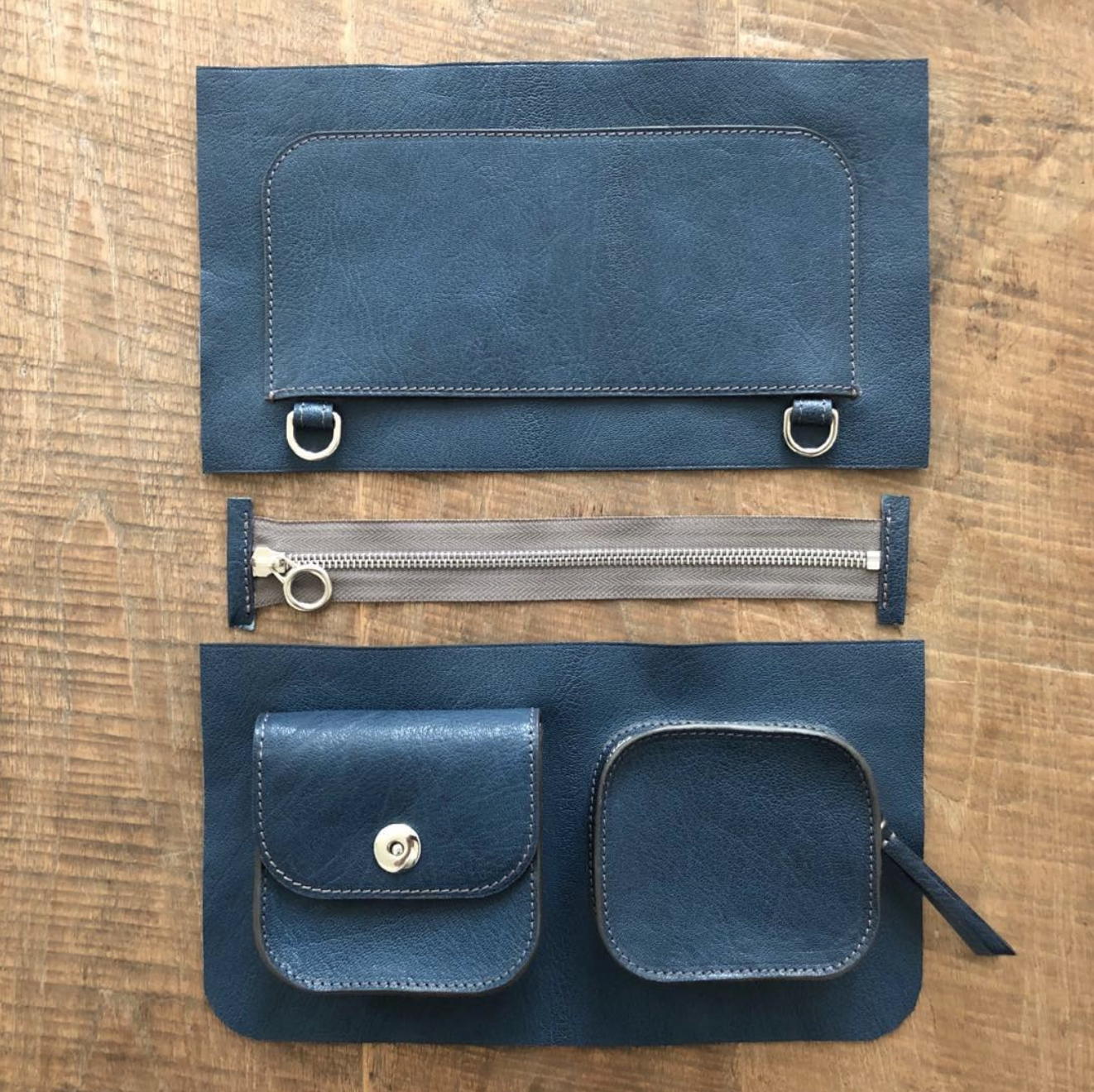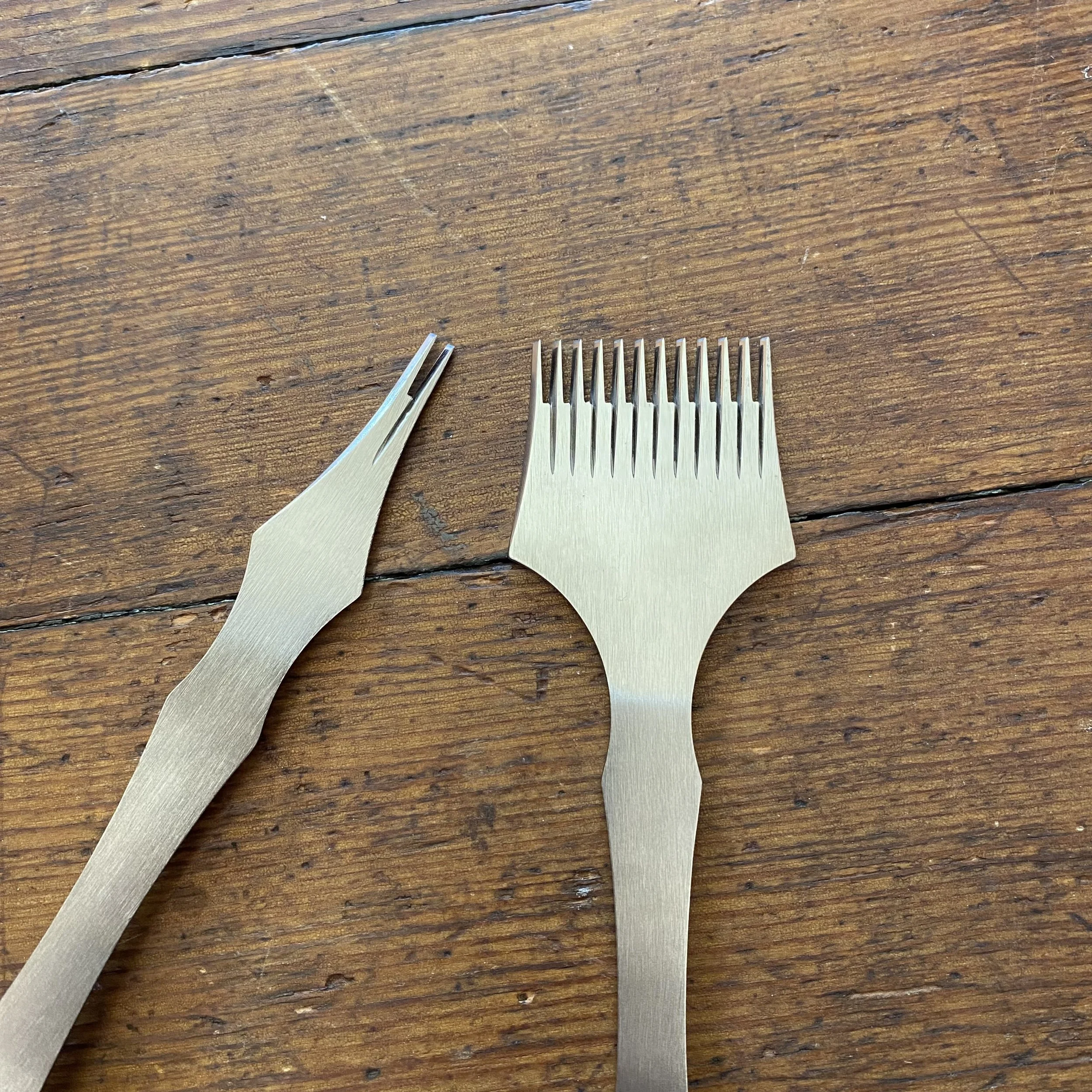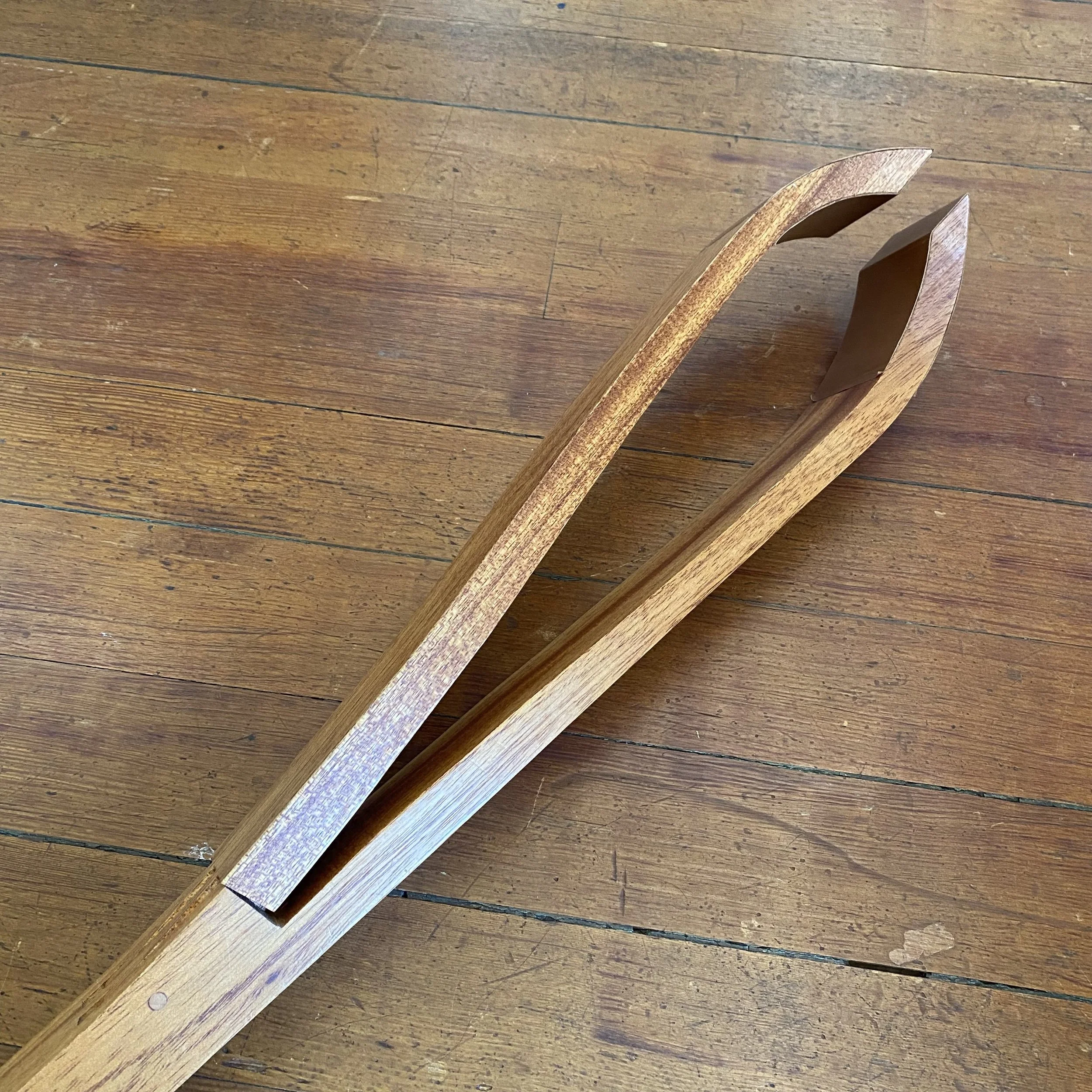2. American vs European Leather Craft
This 4-part series is designed to give the leather craft beginner, a bit of guidance for navigating the world of hand crafted leather making. This broad overview should answer some of your questions and give you a starting point.
The four blogs are: 1. An Introduction to Handmade Leather Craft 2. American vs European Leather Craft 3. Leather Craft Tools for Beginners - coming soon 4. Vegetable vs Chrome Tanned Leather - coming soon.
In Part 2, we explore the differences between Traditional American and European handmade leather craft. We first look at overall aesthetic, and then talk about a few key differences found in the tools and techniques used for each.
American Style Handmade Leather Craft
We typically associate American leather craft with a very Western style: decorative tooling, thicker leather, fringes, braiding, and a somewhat more rugged look. You know, the cowboys and Indians imagery! Or maybe it brings up the sounds and visuals of Harley Davidson motorcycles and black leather gear, like the saddle bags and accessories pictured below.
Photo credit: cowboysandindians.com
Photo credit: ironbags.com
Not all of the items shown here are entirely made by hand but they are a beautiful representation of American Western leather craft, both classic and modern. Well, with an obvious exception -did you notice? The high end Louis Vuitton backpack with added Western fringes is a great style crossover. The French come to America and get a makeover! More bags like this at Vintage Boho. And below, we also have this gorgeous hand tooled saddle with silver hardware. All of it is fabulous work!
Photo credit: freckersaddlery.com.
European Style Handmade Leather Craft
On the other side of the Atlantic, European leather craft conjures up sophistication often associated with high end brands like the luxury company Hermes or Louis Vuitton. Hermes’ history is rooted in the making of equestrian goods, and Vuitton started out as a trunk maker. As you know, both evolved to cater to the luxury fashion industry with a big emphasis on leather goods.
Louis Vuitton trunk circa 1910
Classic Hermes saddle for sale at highlinetack.com
PS: did you know that the iconic LV monogram pattern as seen on this vintage trunk is not leather? It is printed canvas that has been coated with a protective layer of PVC plastic. Yes, all those LV handbags are made with it!
The techniques used in the Classic leather craft goods we talked about in Part 1, are based on or inspired by European know-how. Many of these centuries-old techniques endure to this day. Below, my friend Carol’s amazing work is a good representation of Classic European style. 100% hand stitched. Click on the gallery images for bigger pics. You can also see more of her work here.
Of course, some crafting techniques and specific leathers will be more suited to a particular project, but the truth is you can make just about anything with leather, regardless of which continent the tools and skills originated on. Leather craft evolved based on the specific need of the time and place, so yes differences are expected, but as you’ve already noticed, there is also quite a bit of crossover, in style and technique.
Today more than ever, with the leather craft community merging borders and time spans through social media platforms like Instagram, Reddit, and the likes. This intermingling is a fabulous thing and a great resource for connecting and learning!
So, let’s get back to our comparison: from a technical stand point, what makes the two approaches different from one another?
The Difference Between American and European Leather Craft Technique
1. The way you mark or punch holes in your leather to prep it for stitching
American:
Crafters use stitching chisels, with prongs that are flat or diamond shaped, designed to punch all the way through the leather. The diamond chisel is the most popular and works well with thicker thread and heavier leather. Another option is a stitch wheel that you run along the stitch line to mark the place where your diamond awl will pierce the hole to prep it for saddle stitching.
*** Make sure you click on the gallery images and hover your curser down at the bottom of the pic to get more info!
European:
Crafters use pricking irons with angled teeth. Traditionally designed to just mark or lightly punch through the first layer of leather, and serve as a guide for the diamond awl to pierce through as you saddle stitch. More modern pricking irons are narrower and long enough to punch all the way through the leather, even multiple layers. This makes it a lot easier to saddle stitch through without an awl, and end up with a beautiful, straight line.
2. The device you use to holds your leather during hand stitching
American:
Crafters call the device a stitching pony or stitching horse. You can either sit on it to keep it stable, or attach it to your work table and stitch sitting or standing depending on the height of the table.
European:
Crafters call the device a stitching clam and it is used seated and held at an angle between the knees. Same goal though: a way to hold your leather steady so you can be hands-free and saddle stitch without distraction.
3. The type of thread you use for hand stitching
American:
Im definitely generalizing but Traditional Western American goods tend to be made with thicker leather and therefore use thicker and stronger nylon cord or thread. At the end of the stitch line, the ends of the thread are burnt to prevent it from fraying and unraveling.
European:
Traditionally, handmade European leather goods were stitched with linen thread, and to this day linen is considered the best high end choice. Hand coating the thread with bees wax gives it extra protection from fraying, molding, and more. Linen doesn’t burn the way nylon does, so the end of a stitch line is finished differently.
There are other differences between the techniques of the two continents, but when I look at what American and European leather crafters are making right now, these are the 3 things that stand out.
To summarize:
Design, style, type of leather, decorative touches, the level of finish; all contribute to make something more or less recognizable as having been made with American or European techniques. Having said that, you’ve also noticed that even though the tools look a little different, their purpose is pretty much the same. There is no rule that says you have to make something that fits into a particular category. You can use tools and techniques from anywhere you want, to suit your particular aesthetic and need. Having that crossover available is very useful, especially when you’re looking for a solution to a specific design or engineering issue. I use tools from both continents because I studied with master leather artisans from each and it’s quite handy. When you’re getting started though, I suggest picking one style and therefore one set of tools, and one type of leather. Get super familiar with them before you start playing around with variety. I confess I didn’t do that: I was all over the place and that’s why I know its important to stay focused and get good at one thing first! And remember, over time, you will pick up tools and tricks of the trade from different people and places, and end up with something that is just perfect for you.
In Part 3, we’ll look at vegetable and chrome tanned leather and why understanding the difference between them matters. I’m still working on Part 3 and 4 so please be patient and stay tuned.
Thumbnail image credit: Vintage Boho
Zinaida | Leather Art Center | all rights reserved 2022 ©

